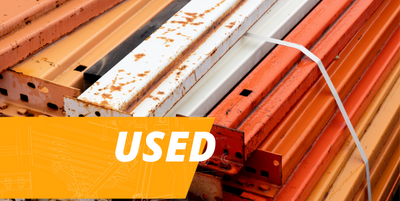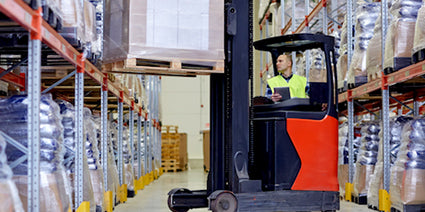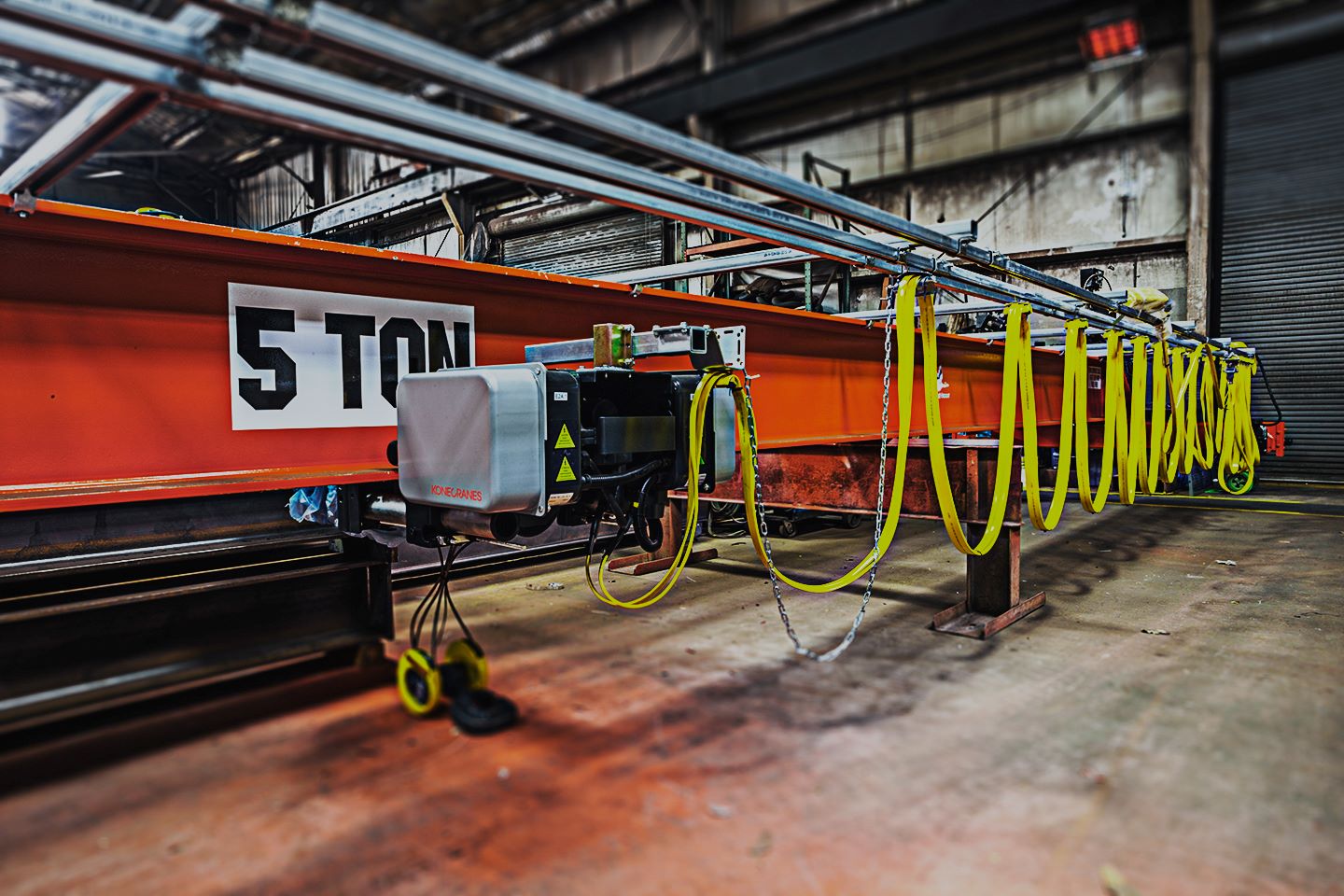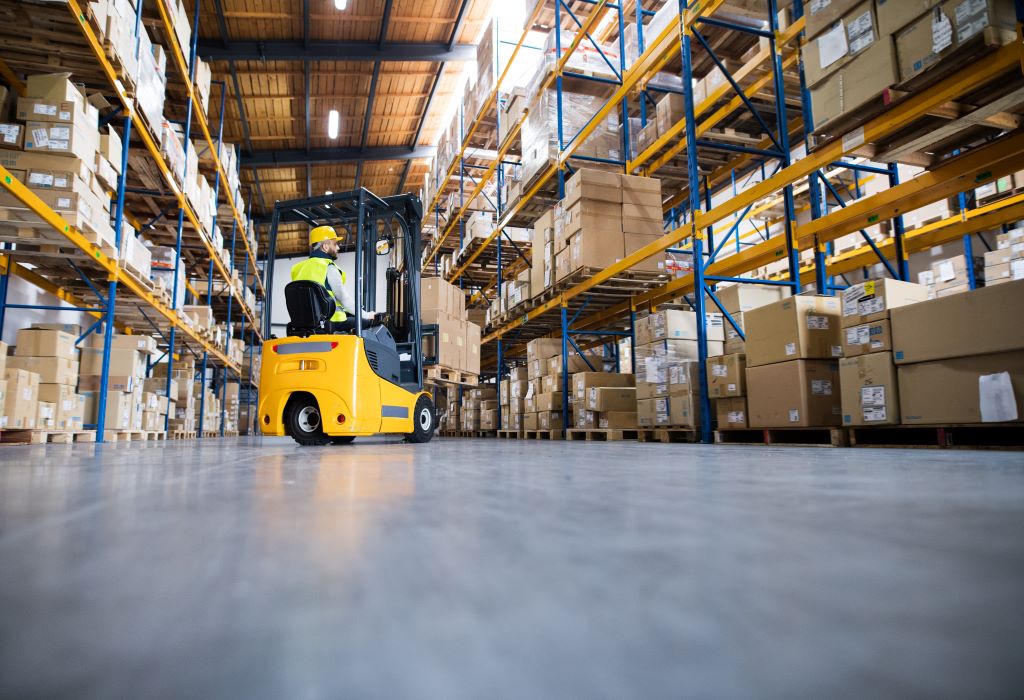Your Cart is Empty

Hoj & ARUP Construct the Most Advanced System in the Lab Industry
Nestled in the Salt Lake Valley and in the University of Utah’s Research Park, ARUP is one of the nation’s largest reference laboratories and they specialize in diagnostic medicine. Founded in 1984, they have over 35 years of experience, more than 4500 employees, 100 experts and consultants, and 65 centralized labs. ARUP acts as a partner to hospitals and labs throughout the United States and they are the main laboratory for the University of Utah Hospital and Health Systems clinics.

ARUP processes over 55,000 specimens per day and does over 3,000 tests and test combinations. It is clear that ARUP recognizes the significance of their work. Their website states, “A laboratory test is more than a number; it is a person, an answer, a diagnosis.” Every specimen they process represents a person and must be treated with great care.

Previously, ARUP relied on a different system that included the use of hand pushed carts to transport specimens throughout the facility. Because of the size of the carts and the large volume of specimens to process, ARUP regularly dealt with congestion that hurt their efficiency. While there were automated parts of the process, it has greatly improved with the new system. The new system allows for 20 specimens to be transported at once whereas the previous system only allowed for one specimen to move on the track at a time. Hoj Innovations provided a new automated custom system to ARUP who needed safe, efficient, and effective scanning, tracking, storing, delivering, and processing of specimens.
In regards to the new system, Stan Witt, Director of Engineering at Hoj Innovations said, “The conveyor transportation system transports specimens between buildings and floors to take it to the appropriate processing stations or laboratories for analysis or storage facilities.” When you consider that the new building is around 220,000 square feet, you start to understand the scale of the entire project.
The huge conveyor system routes all of the specimens received to be separated, processed, and stored throughout their facility. It contains approximately 1.4 miles of conveyor that spans 2 buildings and 4 floors. According to ARUP’s Chief Operations Officer, Jonathan Genzen, Md, PhD, Hoj Innovations helped ARUP to “construct what is undeniably the most advanced pre-analytic automation system in the entire clinical laboratory industry.”
The Problem & Solution

One of the main challenges that Hoj Innovations overcame was the processing of two different sized objects on the same equipment. Specimens are transferred on both totes and trays and Hoj Innovations created a custom system that accommodated the handling of both objects.
Another challenge came in the form of managing the totes while not in use. In addition to the conveyor transportation system, Hoj Innovations built and integrated two robotic systems that stack the empty totes onto carts.
Since ARUP and Hoj Innovations are local, they could collaborate and work closely together to come up with better solutions. Both companies needed each other’s expertise to get the job done. In speaking about the project, Adam Christensen, technical project manager at ARUP, said, “Every detail has been about efficiently moving specimens to the right labs and
increasing trackability. It’s like we’ve got a
little GPS database for each specimen.”
Quotes sourced from:
"Faster, Stronger, and Bigger Than Ever Before"
https://www.facebook.com/aruplabs/videos/524181428773192/
Photo credit: ARUP Laboratories








